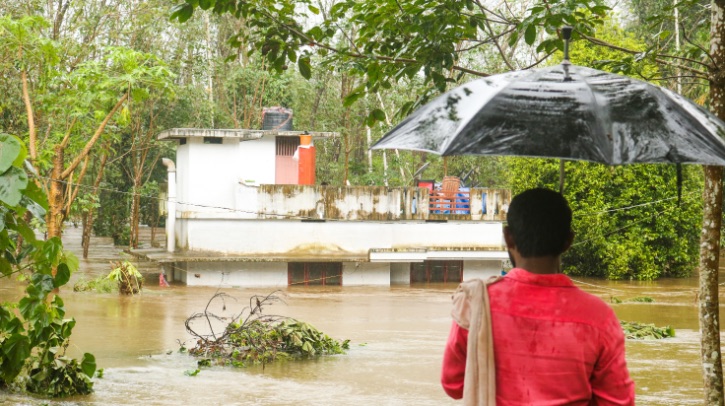India’s Ministry of Earth Sciences (MoES) has begun exploring the integration of AI technologies into weather and climate forecasting systems and physics-based numerical models.
This initiative is part of a broader strategy to enhance the accuracy and efficiency of meteorological predictions for various sectors, including agriculture, disaster management and urban planning. This information was given by the Union Minister of State (Independent Charge) for Science & Technology and Earth Science, Dr Jitendra Singh, in a written reply in the Rajya Sabha (the Upper House of the Indian Parliament) today.
Key projects
As part of the initiative, MoES has established a specialized virtual center at the Indian Institute of Tropical Meteorology (IITM) in Pune. This center focuses on leveraging AI, machine learning (ML) and deep learning (DL) techniques to advance Earth sciences. It has reportedly already developed several AI/ML-based applications tailored for localized predictions and the analysis of weather and climate patterns.
Additionally, several research institutes under MoES are working to incorporate AI/ML methodologies into their research activities and operational frameworks. This collaborative approach is intended to ensure a comprehensive application of AI technologies across Earth sciences.
Alongside this, the ministry has taken various steps to strengthen the observational and forecasting infrastructure across the country to improve the monitoring of extreme weather events and weather forecast accuracy. MoES says it has adopted new technologies at various stages, including the augmentation of observational networks, numerical AI-ML modeling, forecasting methodology, visualization and dissemination of forecasts and warnings to various stakeholders.
Updating infrastructure
As a part of non-structural flood management, the Central Water Commission (CWC) issues station-specific flood forecasts to concerned stakeholders at identified river locations. This includes inflow forecasts at identified reservoirs for proper reservoir regulation.
Flood forecasts are issued by CWC at 340 stations (140 inflow forecast stations + 200 level forecast stations) as per standard operating procedure (SOP). The network has been established in consultation with state government/project authorities and also includes stations on the river passing through/nearby metropolitan cities. The dissemination of flood forecasts is done through a dedicated website. In addition to short-range forecasts, CWC prepares seven-day advisory flood forecasts through basin-specific mathematical models using India Meteorological Department (IMD) weather forecast products and near-real-time satellite rainfall estimates. These flood advisories are disseminated through the web portal for stakeholders.
Currently, 39 Doppler weather radars (DWRs) are installed at various locations across the country to help with round-the-clock weather monitoring and forecasting. Further augmentation of the observational network is envisaged to strengthen the weather research and forecasting infrastructure.
In related news, the India Meteorological Department (IMD) has launched gram panchayat-level weather forecasts. A gram panchayat is a village council. Click here to read the full story.



